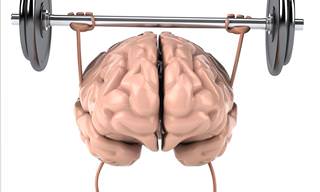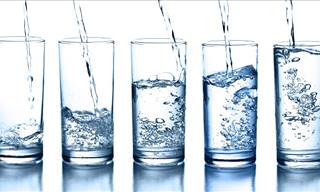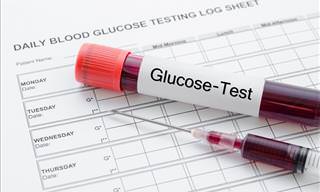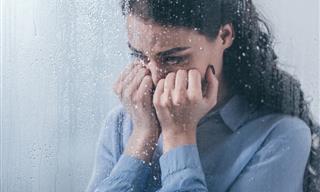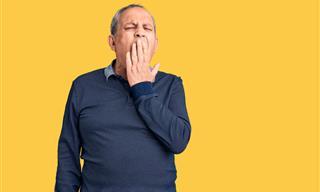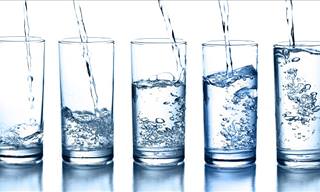Overhydration is More Dangerous Than Dehydration
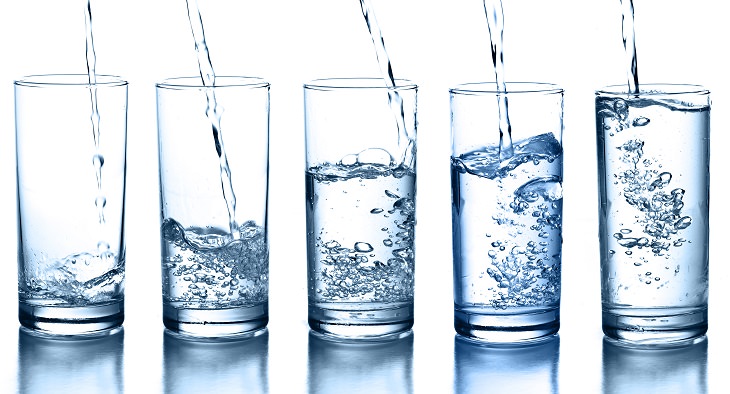
A report on the dangers of overhydration was compiled by sports medicine experts and presented at the 2015 CrossFit Conference on Exercise-Associated Hyponatremia in California. In the report, sports medicine experts say that overhydration is more dangerous than dehydration.
Dr. James Winger, the lead report author, says that “the risks associated with dehydration are small. No one has ever died on a sports field from dehydration, and the adverse effects of mild dehydration are questionable. But athletes, on rare occasions, have died of overhydration.”
For ages, athletes have been urged to consume large quantities of water in order to avoid muscle cramping and heat stroke. However, according to Dr. Winger, these ailments are not caused by dehydration. This report is part of a movement to update recommendations and guidelines regarding sports-related hydration.
Exercise-Associated Hyponatremia Can be Life-Threatening
A condition known as exercise-associated hyponatremia (EAH), or overhydration, causes the kidneys to become overworked. When this occurs, the cells swell up and they are unable to produce the needed amounts of sodium. EAH can occur anytime during an athletic performance or up to 24 hours afterward.
As the researchers explained in their report, “from a practical standpoint, it’s the smaller individuals and those who participate at a slower pace and drink more than sweat losses that are more likely to develop EAH. Although the incidence of women experiencing EAH is greater than that of men, adjusted for BMI and racing time, the apparent sex difference is not statically significant.”
Use Thirst as a Guideline for When to Drink Fluids
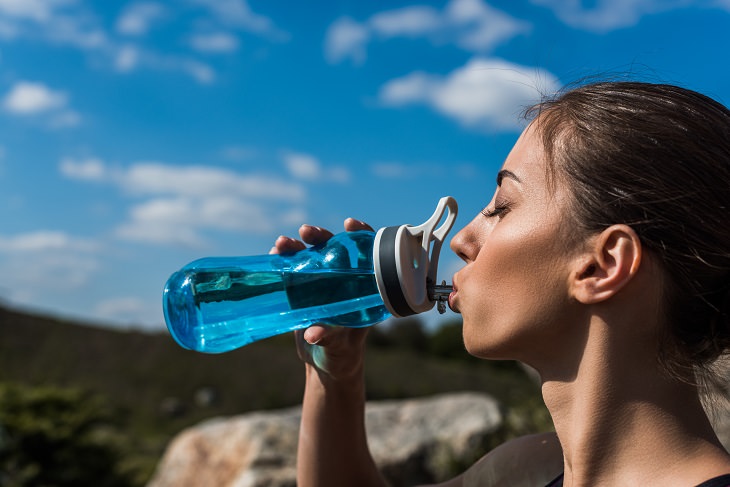
The researchers wrote that “using the innate thirst mechanism to guide fluid consumption is a strategy that should limit drinking in excess and developing hyponatremia while providing sufficient fluid to prevent excessive dehydration.”
It’s thought that athletes could lose up to 3% of their body weight from water loss while participating in sports and that the slight dehydration wouldn’t interfere with their athletic performance.
The researchers went on to say that “since drinking fluid volume above sweat and urinary losses during and after activity is the main pathophysiological mechanism underlying asymptomatic, symptomatic, and fatal cases of EAH, prevention is dependent on drinking less. Thirst should provide adequate stimulus for preventing excess dehydration and markedly reduce the risk of developing EAH in all sports.”
Early Symptoms Can be Overlooked
The early warning signs of overhydration include headaches, confusion, nausea, vomiting, and disorientation. Unfortunately, these signs are often overlooked, which can lead to more serious side effects. The more serious symptoms include muscle spasms, muscle cramping, weakness, unconsciousness, seizures, and coma.
When taking part in physical activities, it’s best to drink when thirsty, during and after. If you have the above symptoms and are concerned, it never hurts to have them checked out.
Source: thealternativedaily
Images: depositphotos
 Go to BabaMail
Go to BabaMail







